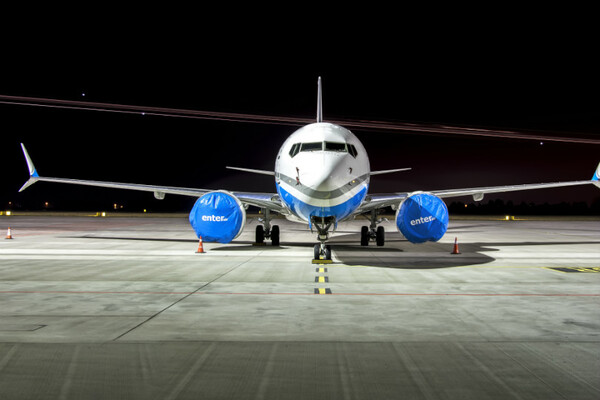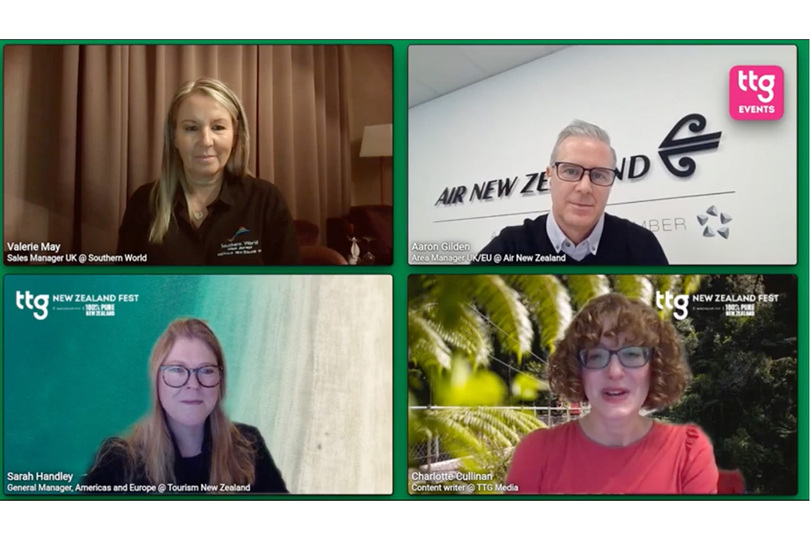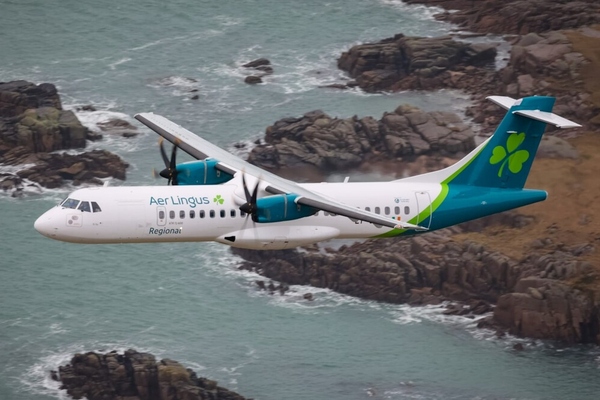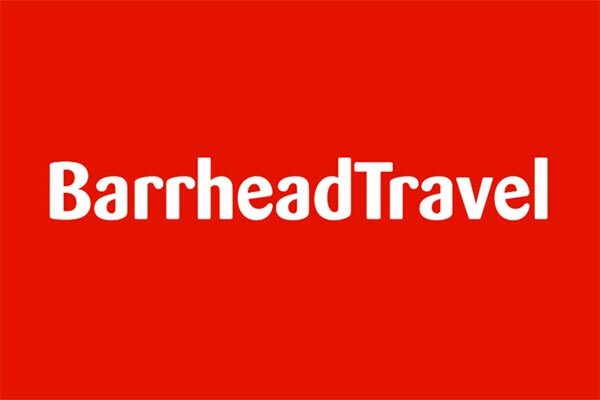Airlines' struggles to renew fleets could push up air fares, new data shows
 Gary Noakes
Gary NoakesThe number of new aircraft deliveries in the next three years is set to fall 5% – potentially pushing up air fares as the supply of flights is squeezed.
New data from aviation analytics firm Cirium highlights component shortages as responsible for a slowing of new aircraft coming into the system. However, it adds nearly 46,000 new aircraft will be delivered over the next 20 years.
Data also reveals 26,100 aircraft are currently in service, up 5% on January 2020 when the pandemic first took hold. The number of single-aisle aircraft is up 13%, but twin-aisle (long-haul) aircraft are down 3% below pre-pandemic levels.
The number of active regional jets also remains 8% down on pre-pandemic levels, with turboprops having seen the largest drop of 13%.
Rob Morris, head of consultancy at Cirium Ascend Consultancy, said: “As we continue to enter the next cycle of growth for the aviation industry, our new Fleet Forecast illustrates the continued demand for new aircraft as airlines look to renew and expand their fleets.
“However, it is clear that supply chain issues and other manufacturing will continue to cause delays for manufacturers, leading to uncertain delivery schedules for many airlines, and this has been factored into our forecast.”
Cirium also said single-aisle aircraft are set to lead the industry’s growth over the next 20 years, with a projected 3.9% annual growth rate, exceeding the 3.3% for twin-aisles, as long-haul traffic continues to see slower growth post-pandemic.
Regional aircraft are predicted to increase at only 0.8% per year.
In terms of regional growth, Asia is predicted to be the leading area, taking some 45% of deliveries over the next 20 years, of which China will contribute around 20% on its own, almost reaching North America’s total.
India will be another growth centre, increasing its fleet from 720 at the end of 2023 to more than 3,800 over the next 20 years.
Morris added: “With markets like India set for significant growth, it is clear that the next 20 years will be increasingly competitive for manufacturers, with airlines continuing to invest in their fleets.
“The forecast also illustrates the challenge of sustainability and net-zero as fleet growth is balanced with new aircraft efficiency to drive reductions in unit emissions.”
Sign up for weekday travel news and analysis straight to your inbox

Gary Noakes
Supplier Directory
Find contacts for 260+ travel suppliers. Type name, company or destination.














